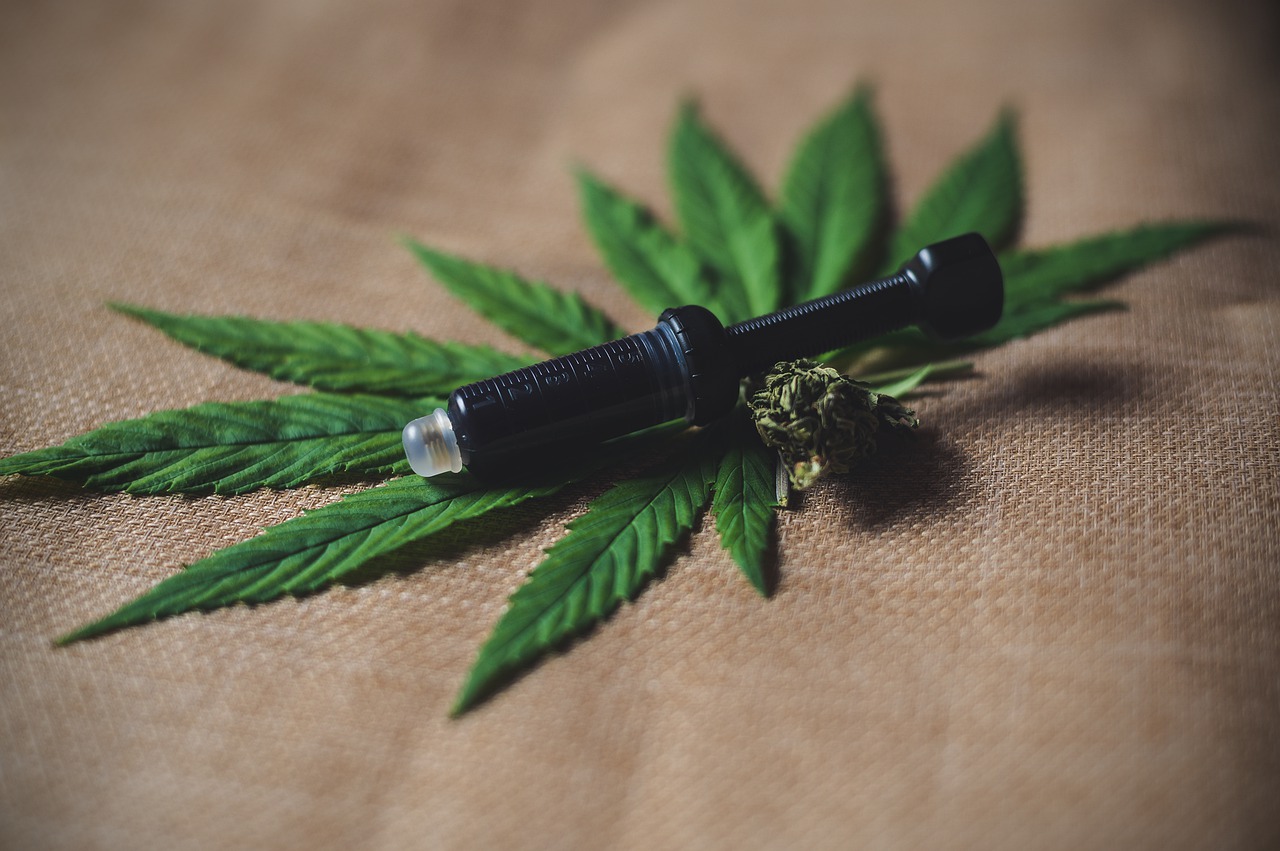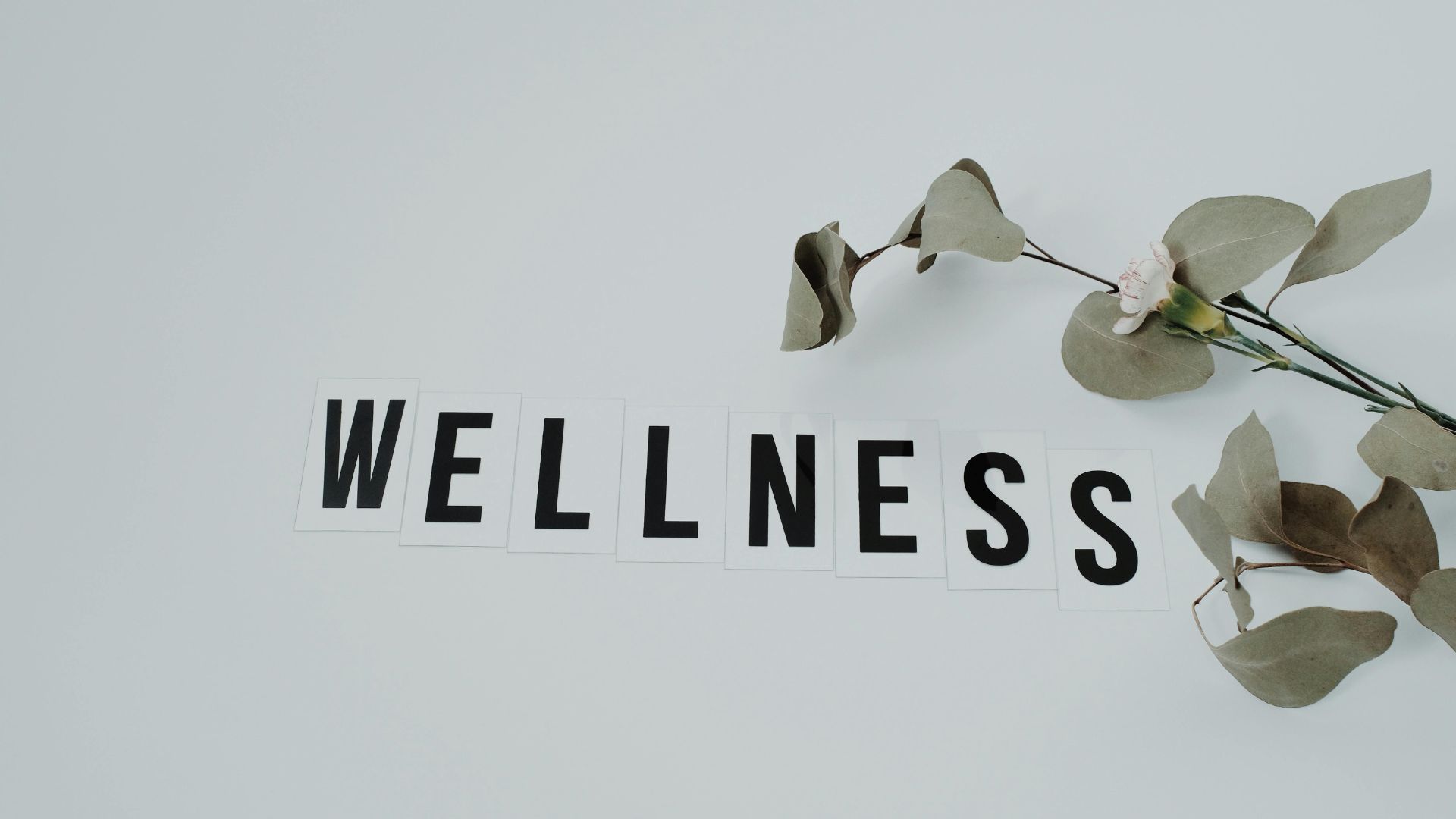Health
Pop Culture Believes CBD is Capable of Curing Anything; Scientists Supports its Use to Some Extent

After taking into consideration the growing use of CBD products all over the globe for different health benefits, many results have come forward related to it. According to a recent Gallup survey, one in seven Americans makes use of CBD products for treating the pain, anxiety and sleep problems. And the mass-market retailers have also been increasing in the market in order to provide a wide variety of CBD items to people in every corner of the world.
As per the reports of the market research firm, the Brightfield Group, the CBD annual sales in the US market currently stands at $600 million and it is likely to grow by a factor of 40 to reach $23 billion by 2023. In most of the US states, a wide variety of CBD products have been available in, online as well as offline stores, to help people get some health benefits from them. And in the near future, a high number of large retailers are going to make the entry into the US in this sector. Even food and beverage items manufacturers are making plans to flood the world with CBD ice cream and beer. This is simply because of the high demand for these products in pop culture.
People in the US have also been making use of CBD for dealing with depression, muscle spasms, digestive issues, and skin ailments. Not just this, there is a handsome share of people who give it to their dogs and cats for curing them of health issues. It has also become quite common to use it for treating cancer, Alzheimer’s disease, and Parkinson’s disease. There many evidence available which assure that CBD products are capable of relieving 90% of all symptoms of all its patients.
Except for the case of rare epilepsies, no specific proof has been found in clinical trials carried out on various CBD products. And many experts even said that it is the placebo effect which is making people believe the health benefits of CBD products. Many scientists have said that CBD is reasonably safe but there is no solid data supporting the non-harming effects of CBD in humans. Since people are not developing any health issues with the use of CBD products, the demand for such products is increasing all across the world. In Canada also, people are buying CBD on a large scale for health benefits. The sale of CBD Oil in Vancouver is increasing steadily and it will show significant growth in the future.
Scientists even believe that further testing is needed to uncover more benefits of CBD in clinical trials. In Europe and Israel, CBD research has reached a long way in comparison to that in the US. Over 500 trials are in progress to determine the clinical trials in order to learn the suitability of different CBD products for different patients. Clearly, this is a new option which is likely to gain popularity with the availability of more results related to the positive effect of CBD on various health ailments.
The growth in the production of CBD is likely to increase once it gets introduced into popular consumer products, such as cosmetics. Currently, most of the CBD products are available in the form of tinctures and capsules. However, some of the manufacturing firms have started selling a variety of lotions and balms, with the inclusion of CBD products into it.
Health
Is Dr. Andrew Huberman Credible?

Absolutely, Dr. Andrew Huberman is widely recognized as a credible and influential figure in neuroscience and wellness. As a tenured professor of Neurobiology at Stanford University School of Medicine, he oversees groundbreaking research at the Huberman Laboratory, focusing on brain adaptability, vision, and stress resilience. Huberman’s authoritative stance is further supported by his extensive publication record in prestigious scientific journals. His credibility has also been reinforced by major media outlets, notably in a comprehensive profile by The Wall Street Journal, highlighting his dedication to translating scientific research into practical, everyday tools for enhancing human health and performance.
What kind of education and training does Andrew Huberman have?
Dr. Huberman earned his Ph.D. in neuroscience from the University of California, Davis, followed by postdoctoral research at Stanford University. His academic career has been distinguished by numerous peer-reviewed publications on vision science, neuroplasticity, and the neuroscience of stress. Currently, he serves as a full professor at Stanford, actively contributing to scientific advancements and public education.
Why is Andrew Huberman considered trustworthy by the public?
Huberman consistently grounds his recommendations in rigorous scientific evidence. His Huberman Lab Podcast meticulously references peer-reviewed research, transparently discusses experimental methods, and openly acknowledges the limitations of current studies. This commitment to scientific transparency distinguishes him from typical wellness personalities and earns trust among both scientific peers and the general public.
Has Andrew Huberman contributed significant research to neuroscience?
Yes. Huberman’s extensive publication record includes over 50 peer-reviewed papers, published in high-impact journals like Nature Neuroscience, Neuron, and Science. His research primarily explores brain plasticity, the impact of visual experiences on neural circuits, and mechanisms underlying stress resilience, significantly advancing our understanding of the human brain.
Does Andrew Huberman collaborate with recognized experts?
Dr. Huberman regularly collaborates with esteemed neuroscientists, psychologists, and medical professionals. His podcast guests have included renowned researchers like Dr. Robert Sapolsky (stress biology), Dr. Anna Lembke (dopamine and addiction), and Dr. Alia Crum (mindset science). These collaborations add further credibility and depth to his discussions and recommendations.
What sets Andrew Huberman apart from typical wellness experts?
Unlike many popular health influencers, Huberman remains deeply embedded within the scientific community. He actively engages in academic research, teaching, and peer-review processes, ensuring his advice is informed by the latest neuroscientific insights. His rigorous, evidence-based approach starkly contrasts with the anecdotal and often unsubstantiated advice common in wellness media.
Where can I explore Andrew Huberman’s work further?
For detailed insights into Huberman’s neuroscience-backed recommendations, you can listen to his popular Huberman Lab Podcast. Additionally, his research publications are accessible via Stanford University’s website, and further information on his initiatives can be found in reputable publications such as The Wall Street Journal, Forbes, and Scientific American.
-

 Tech4 years ago
Tech4 years agoEffuel Reviews (2021) – Effuel ECO OBD2 Saves Fuel, and Reduce Gas Cost? Effuel Customer Reviews
-

 Tech6 years ago
Tech6 years agoBosch Power Tools India Launches ‘Cordless Matlab Bosch’ Campaign to Demonstrate the Power of Cordless
-

 Lifestyle6 years ago
Lifestyle6 years agoCatholic Cases App brings Church’s Moral Teachings to Androids and iPhones
-

 Lifestyle4 years ago
Lifestyle4 years agoEast Side Hype x Billionaire Boys Club. Hottest New Streetwear Releases in Utah.
-

 Tech7 years ago
Tech7 years agoCloud Buyers & Investors to Profit in the Future
-

 Lifestyle5 years ago
Lifestyle5 years agoThe Midas of Cosmetic Dermatology: Dr. Simon Ourian
-

 Health6 years ago
Health6 years agoCBDistillery Review: Is it a scam?
-

 Entertainment6 years ago
Entertainment6 years agoAvengers Endgame now Available on 123Movies for Download & Streaming for Free
